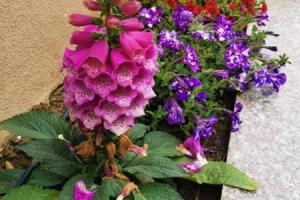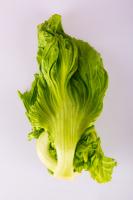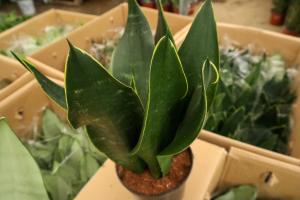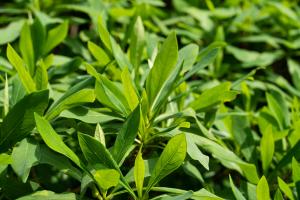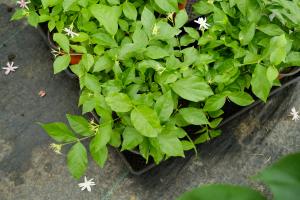What Causes Brown Tips on Spider Plant and How to Fix It
Spider plants, also known as Chlorophytum comosum, are popular indoor plants due to their easy care and attractive appearance. However, sometimes you may notice their tips turning brown, which can be an indicator of stress and lead to further damage if not addressed promptly. In this article, we will explore the reasons why the tips of your spider plant may be turning brown and what you can do to fix it.
1. Overwatering
Overwatering is a common cause of brown tips on spider plants. When you water your spider plant too much or too often, the roots may become waterlogged and unable to absorb oxygen properly. As a result, the plant may develop root rot, which prevents it from absorbing enough water and nutrients. This can lead to yellow and brown leaves and stunted growth.
To fix this issue, you should adjust your watering routine. Spider plants prefer to be slightly dry between waterings, so wait until the top inch of soil feels dry to the touch before watering again. Make sure to use a well-draining potting mix and avoid letting your plant sit in standing water, which can contribute to root rot.
2. Low Humidity
Spider plants naturally grow in tropical regions with high humidity, so they tend to suffer in dry, indoor environments with low humidity. When the air is too dry, the plant may struggle to take up moisture through its roots and leaves, causing the tips to turn brown and crispy.
To address this issue, you can increase the humidity around your spider plant. You can mist it regularly with a spray bottle or place a tray of water near it to increase the ambient moisture in the air. Alternatively, you can invest in a humidifier to keep the air around your plant consistently moist.
3. Exposure to Direct Sunlight
Spider plants prefer bright, indirect light but can be sensitive to direct sunlight. If your spider plant is placed in a location that receives too much direct sunlight, the tips of its leaves may turn brown or yellow and its leaves may become faded and scorched.
To fix this issue, you should move your spider plant to a brighter but more sheltered location. A spot with bright, indirect sunlight or a sheer curtain that filters the light can provide the plant with enough light without exposing it to direct rays. You can also rotate the plant regularly to prevent any one side from getting too much sun exposure.
By addressing these common causes of brown tips on spider plants, you can help ensure that your plant stays healthy and thriving. Remember to always observe your plant closely and respond to any signs of stress promptly to keep it looking its best.

 how many times do yo...
how many times do yo... how many planted tre...
how many planted tre... how many pine trees ...
how many pine trees ... how many pecan trees...
how many pecan trees... how many plants comp...
how many plants comp... how many plants can ...
how many plants can ... how many plants and ...
how many plants and ... how many pepper plan...
how many pepper plan...